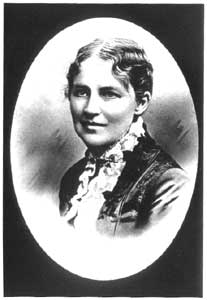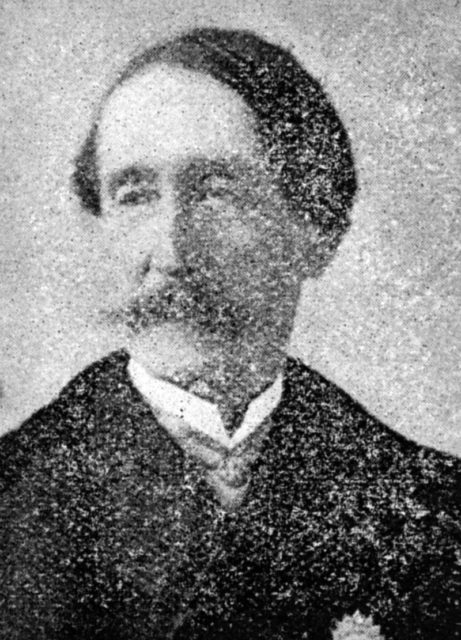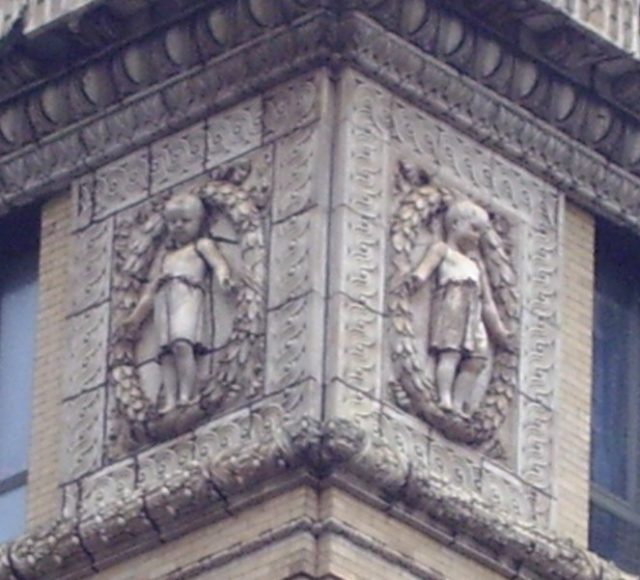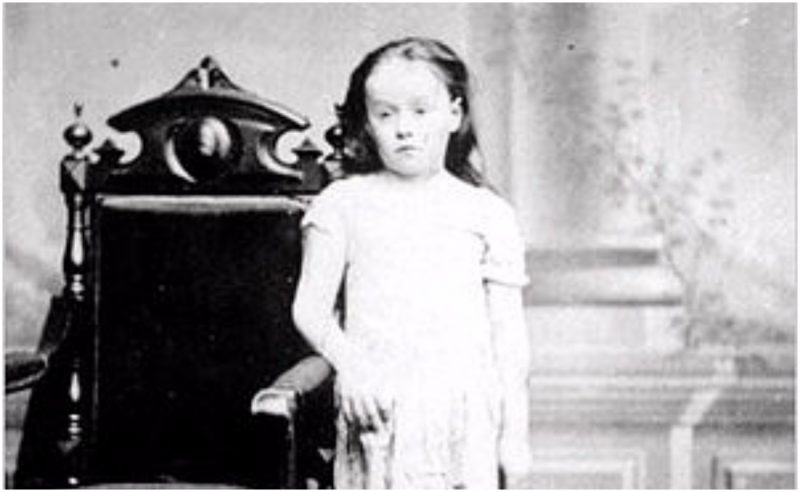“My name is Mary Ellen Wilson. I don’t know how old I am. Mamma whips and beats me almost every day. I’ve never been kissed by love. I’m never allowed to play with other children and I never dare to speak to anybody because if I did, I would get whipped. Whenever mamma goes out she locks me in the bedroom. I’ve never been outside…”
Undoubtedly, these depressing words recall numberless children’s accounts in abuse cases that have are covered all too frequently in the media. According to the Army Community Service Family Advocacy Group, five children die every day as a result of child abuse while three out of four are under the age of 4.
Over a century ago, there were no laws that protected children from physical abuse from their parents. Painful punishments were to some parents an everyday strategy of handling their misbehaved offspring, with no worries of being punished themselves.
However, the case of Mary Ellen Wilson in 1874 shook the foundation for abusive parents and went so far as to establish legal remedies for intervention inside a child’s home. Mary Ellen’s testimonies in the somber courtroom in the New York State Supreme Court entirely altered public understanding of the abuse of children and, moreover, the importance of society’s involvement in the prevention and ending of that abuse.
Mary Ellen was born in 1864 to a family in the Hell’s Kitchen neighborhood in New York City. When her dad died, her mother tried make ends meet, taking one job after another to the point of realizing that she could no longer support Mary.
The girl was handed into the custody of a woman named Mary Score. This was only a temporary solution, as her mother’s desperate financial situation meant she couldn’t keep up the child care payments to Mary Score. When Mary Ellen was two, she was turned over to the New York City Department of Charities. The department appointed Thomas and Mary McCormack as the new custodians to Mary Ellen.
The McCormacks gained possession of the child from the Department of Charities, but, as it was later proved, did so with falsified papers. The department required an annual report of the child’s condition; however, the McCormacks weren’t quite diligent about it. Thomas died soon after Mary Ellen came into the family’s care. Mary McCormack remarried and moved with Mary Ellen to an apartment on West 41st Street, the place where the horrid story was finally revealed.

The neighbors were the first who suspected that there was something unusual about the foster mother’s treatment. One of them, Mrs. Connolly, felt quite concerned and asked a local religious worker, Etta Angell Wheeler, to check on the family. Making up a story about caring for an ill, home-bound old lady in the neighborhood, Etta and Connolly got the keys from the doorman and entered the apartment where Mary Ellen lived.
What they saw was beyond any words to describe. Etta later testified in the courtroom. “She was very tiny, the size of a 5-year-old though she was then 9. From a pan set upon a low stove, she washed dishes, struggling with a frying pan which was about as heavy as herself. Across the table lay a brutal whip made of twisted leather strands. The child’s meager arms and legs bore marks of its use. But the saddest part of her story was written on her face. The look of suppression and misery, the face of a child unloved who has seen only the fearsome side of life.”

Ms Wheeler noted that the child was severely abused, undernourished, and ultimately neglected. Reportedly, Mary was left with no shoes in December. Etta went to the police but was surprised to hear that she must furnish proof of assault. Apparently, the eye-witness account of the child’s scars and bruises and the harsh living conditions were not enough. At the time, there were laws that protected children from assault and battery but there were no laws which obtained intervention in the child’s home.
Etta was determined to resolve the issue, so she turned to the attorney Henry Berg who was also the founder of the American Society for the Prevention of Cruelty to Animals. Supported by neighbors’ testimonies, Henry succeeded in removing Mary Ellen from her abusive home and took her foster mother to trial in the New York State Supreme Court.

When Mary Ellen approached the bench, she declared: “My father and mother are both dead. I don’t know how old I am, have no memories of the time when I didn’t live with the McCormacs.The whip always left a black and blue mark on my body. I have now the black and blue marks on my head which were made by mamma and also a cut on the left side of my forehead which was made by a pair of scissors. She struck me with the scissors and cut me. I have no recollection of ever having been kissed by anyone. I have never been taken on my mamma’s lap and caressed or petted. I have never dared to speak to anybody because if I did I would get whipped. I don’t know for what I was whipped, mamma never said anything to me when she whipped me. I don’t want to go back to live with mamma because she beats me so.”

Mrs McCormac was given a one year sentence and Mary Ellen was placed in a juvenile home. The story got its happy ending when Etta Wheeler obtained custody of her. The case of Mary Ellen attracted great public attention, resulting in a revolutionary alteration in the American legal system. That same year, the New York Society for Prevention of Cruelty to Children was founded.
Read another story from us: Tortured, starved, alone: Genie, the tragic story of a feral child
In 1888, Mary Ellen married and soon after became the mother of two children and, later, of an adopted orphan girl. She named her daughter Etta after Etta Wheeler, her savior and the first person who showed her love and affection.
